Nolpaza 10s 40 mg powder for solution for injection
$85.00
Description
The instruction for medical use
of NOLPAZA® medicine
the Trade name
of Nolpaza®
the International unlicensed
name Pantoprazol Lekarstvennaya a form
Powder for preparation of solution for injections of 40 mg
Structure
One bottle contains
active agent – sodium of a pantoprazol * 42.3 mg
(it is equivalent to a pantoprazol of 40.0 mg)
excipients: Mannitolum for parenteral use,
sodium citrate a dihydrate, 1 M hydroxide sodium solution, water for injections.
* 45.1 mg of sodium of a pantoprazol of sexivihydrat
Opisaniye
Liofilizovannaya homogeneous porous mass of white or almost white color are equivalent.
Pharmacotherapeutic group
Antiulcerous drugs and drugs for treatment of a gastroesophageal reflux. Inhibitors of the protonew pump. Pantoprazol.
The ATX A02BC02 code
the Pharmacological
Pharmacokinetics Pharmacokinetics properties does not change after single or repeated intravenous administration.
In the range of dose from 10 mg to 80 mg the kinetics of a pantoprazol in blood plasma remains linear, both after oral administration, and after intravenous administration.
Linking of a pantoprazol with proteins of blood plasma makes about 98%. Distribution volume – about 0:15 l/kg.
Pantoprazol is almost completely metabolized in a liver. The main way of metabolism – demethylation by means of CYP2C19 with the subsequent conjugation with sulfate, other ways of metabolism include oxidation of CYP3A4. Final elimination half-life makes about 1 hour and clearance – about 0.1 l/h/kg.
Metabolites are removed, generally (about 80%), kidneys (with urine), and about 20% are allocated with excrements. The main metabolite both in blood plasma, and in urine is desmetilpantoprazol which contacts sulfate. Elimination half-life of the main metabolite is longer (about 1.5 hours), than at a pantoprazol.
The pharmacokinetics in special groups
At patients about insufficiency of functional CYP2C19 enzyme (about 3% of the European population, so-called slow metabolizator), metabolism of a pantoprazol is probably generally catalyzed by means of CYP3A4. After use of a single dose of 40 mg of a pantoprazol, AUC in blood plasma is about 6 times higher at slow metabolizator, than at patients with functional CYP2C19 enzyme (fast metabolizator) and average peak concentration in blood plasma are about 60% higher.
Patients with impaired renal function (including the patients who are on a hemodialysis) do not have need for a dose decline of a pantoprazol. As well as at healthy volunteers, elimination half-life of drug at such patients short. The insignificant quantity of a pantoprazol is dialyzed. In spite of the fact that elimination half-life of the main metabolite increases a little (2–3 h), he is brought quickly and, thus, does not collect in an organism.
Though at patients with cirrhosis (class A and B) elimination half-life of a pantoprazol increases till 7-9 o’clock and, respectively by 5–7 times AUC increases, the maximum concentration of a pantoprazol in blood plasma increases by 1.5 times in comparison with that at patients with a healthy liver.
Patients of advanced age have a small increase in AUC and increase in the maximum concentration, in comparison with the relevant data at patients of younger age, are not clinically significant.
Nolpaz’s pharmacodynamics ® is the substituted benzimidazole suppressing basal and stimulated secretion of hydrochloric acid in a stomach.
Pantoprazol is transformed to an active form which suppresses activity of H+/K+ enzyme – to ATFaz of covering cells and blocks the final stage of production of hydrochloric acid in a stomach. The inhibition of secretion salt depends on a drug dose.
In stomach ulcer and an ulcer of a duodenum, associated with Helicobacter pylori, decrease in secretion of hydrochloric acid increases sensitivity of microorganisms to antibiotics.
After intravenous administration of 80 mg of a pantoprazol the anti-secretory effect reaches the maximum level within 1 hour and 24 h remain.
Indications
– a gastroesophageal reflux disease (GERD)
– a peptic ulcer of a stomach and duodenum
– Zollingera-Ellison’s syndrome and other conditions of pathological
gastric hypersecretion
the Route of administration and dozypreparat has to be applied on doctor’s orders at adults.
Intravenous administration of a pantoprazol is recommended only in the absence of efficiency of oral administration of medicine. Therefore as soon as the possibility of oral therapy appears, intravenous reception of a pantoprazol it is necessary to stop and begin oral administration of 40 mg of a pantoprazol in the form of tablets.
A peptic ulcer of a stomach and duodenum, GERD
the Recommended dose – one ampoule of Nolpazy® (40 mg) a day intravenously, after preparation of the corresponding solution (for jet or drop maintaining) as it is specified in the section Way of Preparation of Solution.
Zollingera-Ellison’s syndrome and other morbid hyper secretory conditions
At long therapy of patients with Zollingera-Ellison’s syndrome
and other morbid hyper secretory conditions the introduction of Nolpazy® in a dose of 80 mg a day is recommended. After that the dose can be increased or reduced as necessary, depending on a clinical picture.
At a dosage of drug of 80 mg a day, the dose is divided into 2 introductions a day.
If fast control of acidity is required, the initial dose
2 x 80 mg (160 mg) of a pantoprazol is intravenously sufficient for reduction of secretion of acid in the range (& lt, 10 mekv / h) within one hour at most of patients.
For patients with a heavy liver failure it is not necessary to exceed a daily dose of a pantoprazol of 20 mg (half of an ampoule of a pantoprazol of 40 mg).
Dose adjustment is not required to patients of advanced age and patients with renal failures.
Experience of use of drug in pediatrics limited therefore Nolpaza® is not recommended for treatment of children and teenagers up to 18 years.
The way of preparation of solution
For preparation of solution for intravenous injections, dry matter in a bottle is dissolved in 10 ml physiological (0.9%) chloride sodium solution. Ready solution can be used intravenously struyno or after mixing from 100 ml of normal saline solution of sodium of chloride (0.9%) or 5% of solution of glucose – intravenously by drop infusion, in 2-15 min. after preparation.
The prepared solution has to be used within 12 hours after preparation.
Intravenous administration should be carried out for 2–15 min.
Side effects
Often (from ³ 1/00 to & lt, 1/10)
– thrombophlebitis in the injection site of an injection
Infrequently (from ³ 1/1000 to & lt, 1/100):
– sleep disorders
– a headache, dizziness
– nausea, vomiting, an abdominal distension, dryness in a mouth, pain and discomfort, diarrhea,
constipations
– increase in activity of enzymes of a liver (transaminases, gamma-glutamil-
transferases)
– a dieback, rash, an itching
– an asthenia, fatigue, an indisposition
Is rare (from ³ 1/10000 to & lt, 1/1000) – reactions of hypersensitivity (including anaphylactic reactions and
an acute anaphylaxis), urticaria, a Quincke’s disease – a lipidemia, increase in triglycerides, cholesterol
– change of weight, disturbance of taste – a depression – visual disturbances
– increase in level of bilirubin in blood – an arthralgia, myalgia
– a gynecomastia
– fervescence, peripheral hypostasis
– an agranulocytosis
Very seldom (& lt, 1/10000):
– thrombocytopenia, a leukopenia, a pancytopenia
– disturbance of spatial orientation (and all accompanying deteriorations)
Is unknown:
– a hyponatremia, a hypomagnesiemia
– hallucinations, confusion of consciousness (especially at predisposed
patients and also weighting of the existing symptoms)
– hepatocellular damages, jaundice, hepatocellular
insufficiency
– Stephens-Johnson’s syndrome, a Lyell’s disease, an exudative polymorphic
erythema, photosensitivity
– interstitial nephrite
of the Contraindication
– hypersensitivity to active agent, other substituted
benzimidazoles, to any of excipients
– simultaneous use with atazanaviry
– the profound abnormal liver functions and kidneys
– pregnancy and the period of a lactation
– children’s and teenage age up to 18 years
Medicinal interactions
It is necessary to pay attention to a concomitant use of a pantoprazol with drugs which absorption depends from rn stomach environments, for example, some antifungal drugs from group of azoles, such as ketokonazol, intrakonazol, pozakonazol, erlotinib, in view of change of absorption of these drugs.
The concomitant use of a pantoprazol and an atazanavir considerably reduces bioavailability of the last and, thereby, reduces its efficiency.
At combined use of a fenprokumon or warfarin several isolated cases of change of the International normalizing relation (MNO or INR) are celebrated therefore control of a prothrombin time / MNO after appointment, completion of reception of a pantoprazol or in cases of irregular use of a pantoprazol is recommended to the patients receiving coumarinic anticoagulants (fenprokomon, warfarin).
Pantoprazol has high chemical stability at a neutral rn and
and the low potential of interaction with the system of P 450 cytochrome therefore the risk of the side reactions caused by interaction of Nolpazy® with other drugs which are metabolized a system P450 cytochrome can be considered minimal.
Researches show lack of clinically significant vzaimiodeystviye of Nolpazy® with caffeine, carbamazepine, diazepam, ethanol, diclofenac, Naproxenum, metaprololy, nifedipine, Phenytoinum, piroxicam, theophylline, the oral contraceptives containing levonongestret also ethinylestradiol.
When assigning a pantoprazol with antibiotics as klaritromitsin, metronizadol, amoksitsiklin, clinically significant interactions it is not revealed.
Special instructions
At patients with a liver failure, in particular during long-term treatment, it is necessary to watch the level of liver enzymes. In case of increase in enzymes of a liver, intravenous administration of a pantoprazol should be stopped.
Before an initiation of treatment it is necessary to exclude a new growth as use of a pantoprazol can smooth symptomatology and delay production of the correct diagnosis.
The patient should get advice of the doctor in the following cases:
– symptoms remain within 2 weeks
– the significant loss of weight (unintentional), anemia, gastrointestinal
bleeding, a dysphagy, recurrent vomiting, vomiting with blood (in these
cases the new growth exception is required)
– presence of stomach ulcer, surgery on a stomach in the past
– a digestive disturbance, heartburn
– a liver failure, liver diseases, jaundice
– any other serious diseases which affect the general
state of health
– patients are more senior more than 4 weeks than 55 years, with the changed symptomatology or with the new
revealed symptoms
At patients with a recurrence of symptoms of disturbance of digestion, heartburn regular observation of the doctor for an appreciable length of time is recommended.
At patients with Zollingera-Ellison’s syndrome and other morbid hyper secretory conditions demanding long-term treatment, pantoprazol as decrease in absorption of B12 vitamin (cyanocobalamine) owing to hypo – or achlorhydrias can cause all drugs reducing acidity level. This factor should be considered at treatment of patients with risk factors for absorption of B12 vitamin and at patients with the corresponding clinical symptoms.
Decrease in level rn increases concentration of the opportunistic pathogenic bacteriums which are present at digestive tract. Treatment by the drugs reducing acidity results in the increased risk of gastrointestinal infections, the called pathogenic microorganisms, such as Salmonella, Campylobacter.
Features of influence of medicine on ability to run the vehicle or potentially dangerous mechanisms
Because of the probability of developing of dizziness and a disorder of vision, it is necessary
to refrain from driving and other potentially dangerous mechanisms.
Simtoma’s overdose: are unknown.
Treatment: pantoprazol by means of a hemodialysis it is removed not completely. The supporting, symptomatic therapy of symptoms of intoxication is recommended.
The form of release and packing
On 40 mg of drug place in bottles of colourless glass. Bottles cork up from chlorbutyl of gray color for liofilizovanny drugs and an aluminum cover of yellow color.
On 1, 5, 10 or 20 bottles together with the instruction for medical use in the state and Russian languages place in a cardboard box.
To Store storage conditions in original packing at a temperature not above 25ºС, in the place protected from light.
To store in inaccessible for children in the place!
Prescription status
According to the prescription
the Period of storage
3 years
the Period of storage of the prepared solution no more than 12 h.
Not to apply after an expiration date.
Valdefarm producer, France for KRK, of, the Place, Slovenia,
the Packer
of KRK, of Is new, the Place Is new, Slovenia
Shmaryeshka of tsest 6, 8501 the place, Slovenia
the Owner of the registration certificate
of KRK, of Is new, the Place, Slovenia
the Address of the organization accepting in the territory of the Republic of Kazakhstan claims from consumers on quality of products (goods) of KRKA Kazakhstan LLP, RK, 050059, Almaty, Al-Farabi Ave., 19, body 1b, the 2nd floor Is new, 207 ofistet. 8 (727) 311-08-09факс 8 (727) 311-08-12info.kz@krka.biz
to Develop
Additional information
| Ingredient |
|---|





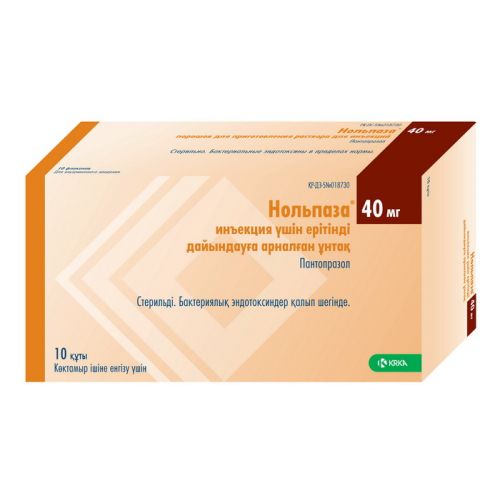
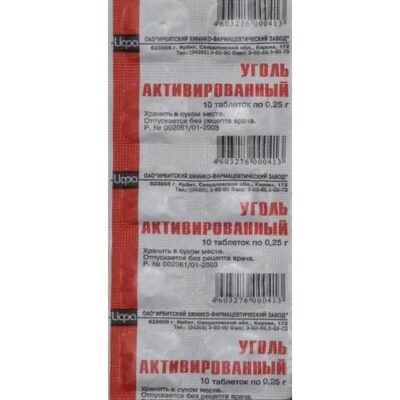
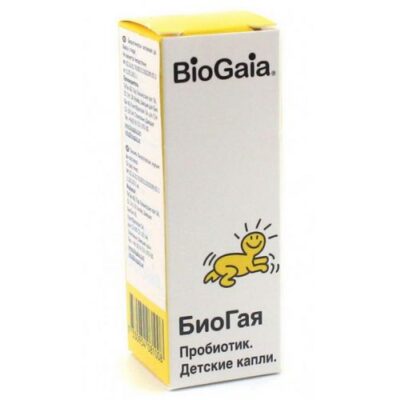
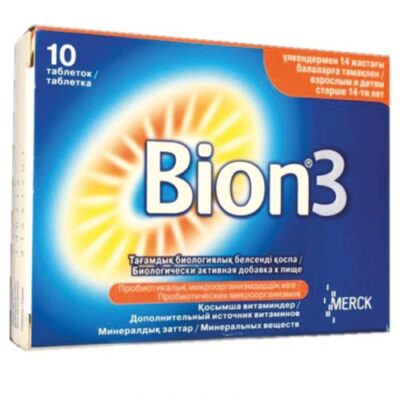
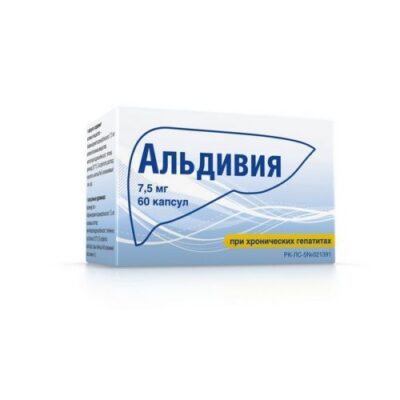
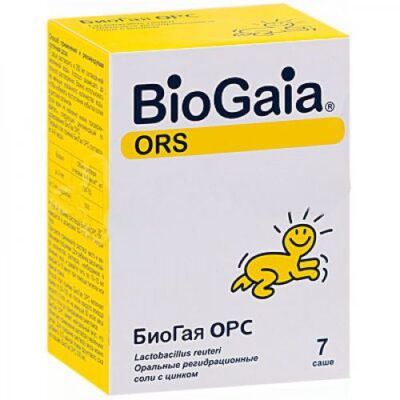
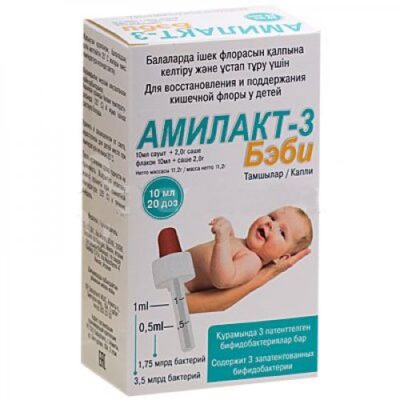
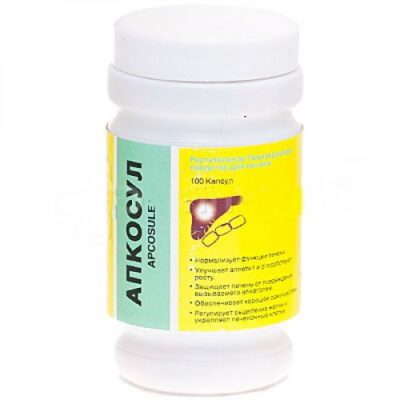
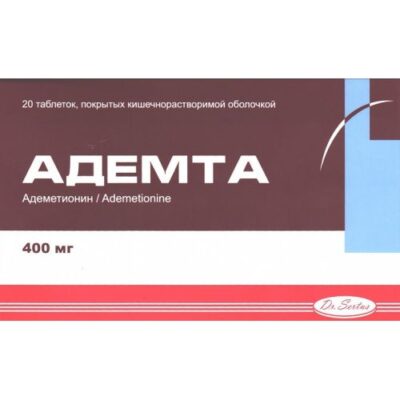
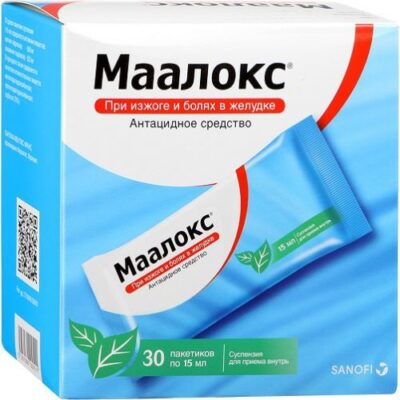
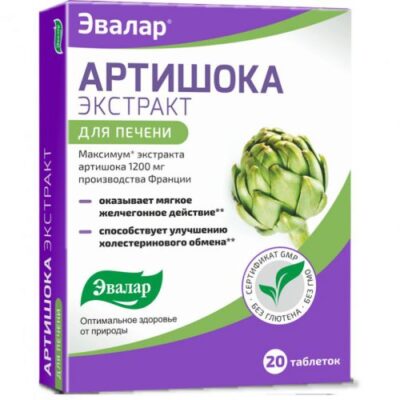






Reviews
There are no reviews yet.